Having a strong and toned set of glutes is more than just aesthetically pleasing, it is important for overall health and well-being. The glute muscles are responsible for controlling and stabilizing the hips. They are not only the largest, but also the most powerful muscles in the body, and are essential for everyday activities such as walking, running, and jumping.
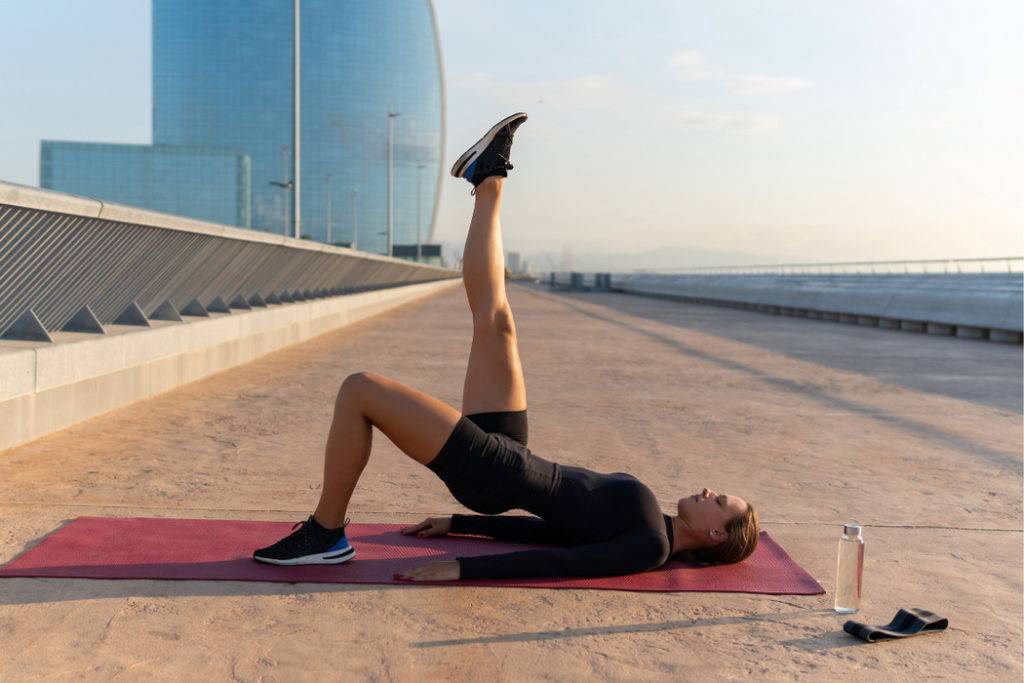
When it comes to building glutes for women, there are three major muscles to target: gluteus maximus, gluteus medius, and gluteus minimus. Each of these muscles can be targeted with specific weightlifting exercises and proper form.
Gluteus Maximus
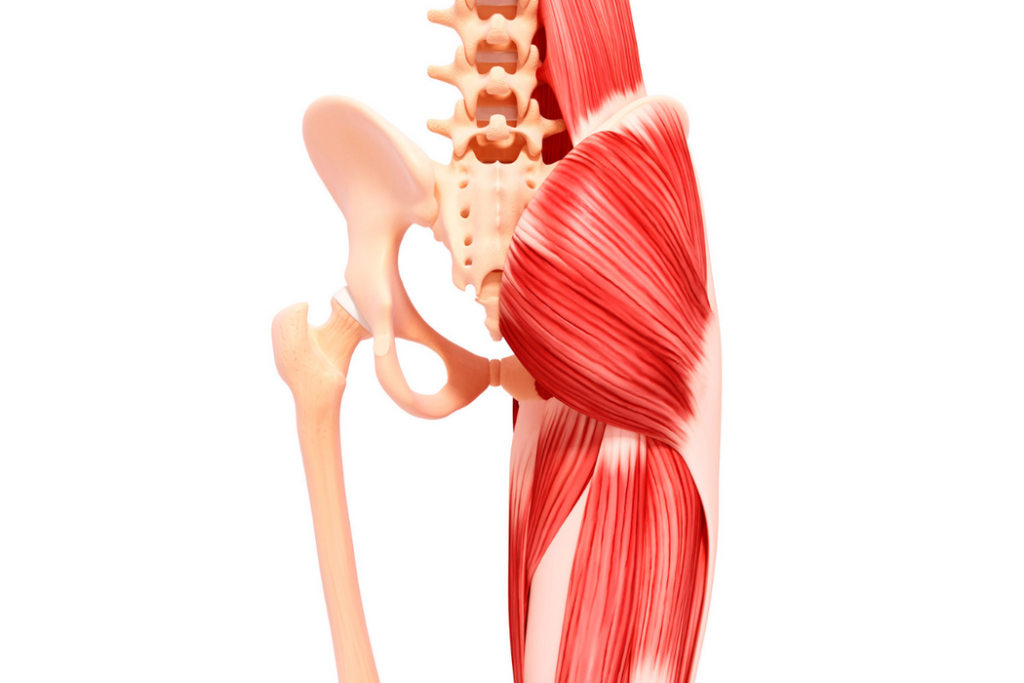
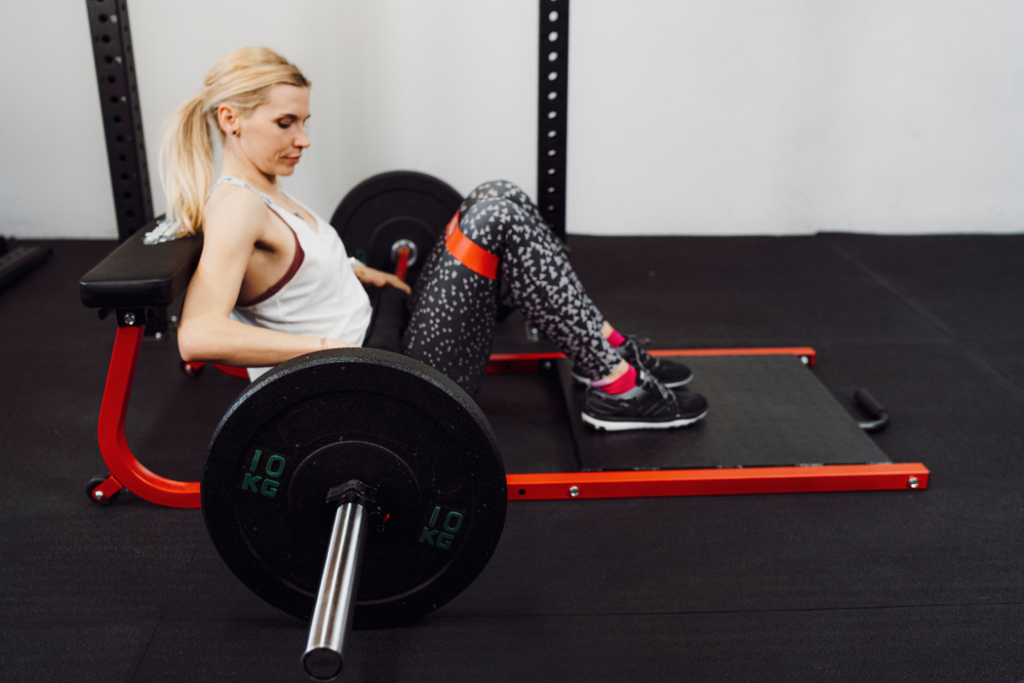

The gluteus maximus is the largest and strongest of the gluteal muscles. To target this muscle, you should use exercises that involve hip extension, such as hip thrusts and deadlifts.
For the hip thrust exercise, place your upper back on a bench and your feet flat on the floor. Engage your core and drive your hips up as high as you can, squeezing your glutes at the top. For an insider tip, make sure to focus on engaging your glutes throughout the entire exercise, rather than just on the way up. This will help you get the most out of the exercise.
The deadlift is another great exercise to target the gluteus maximus. Start with your feet hip-width apart and hold the barbell with an overhand grip. Hinge at the hips and lower the barbell down to your mid-shin level. Make sure to keep your back flat and your core engaged throughout the exercise. To optimize the exercise, focus on squeezing your glutes as you lift the barbell up, as this will help engage the glutes more.
Gluteus Medius
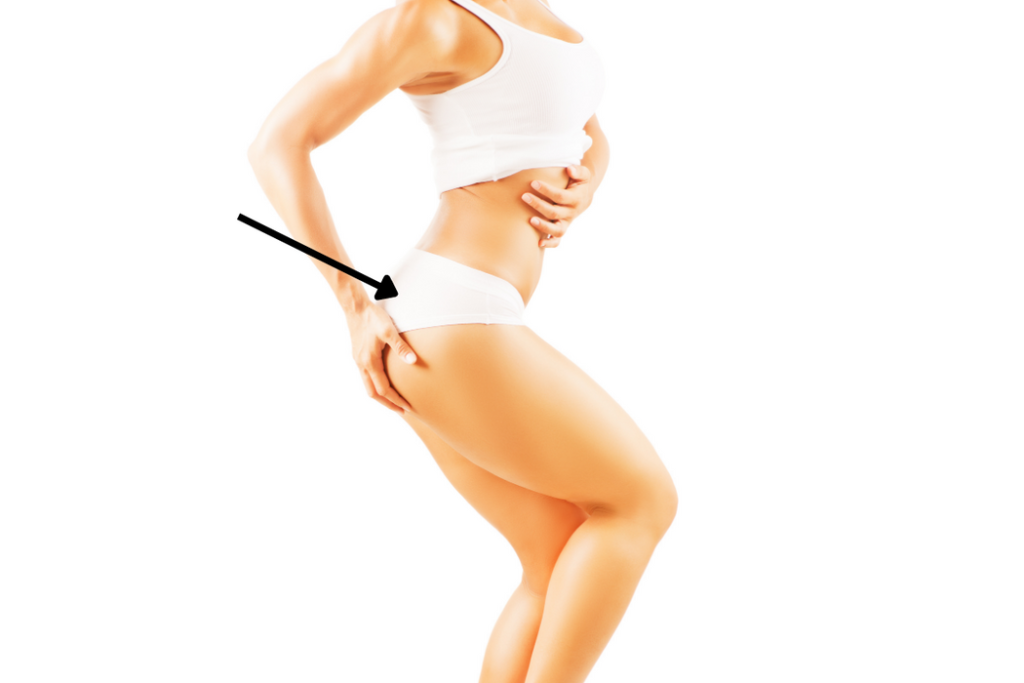

The gluteus medius is located on the outer side of the hip, and it is responsible for stabilizing the hip joint. To target this muscle, you should use exercises that involve abduction, such as lateral band walks and side-lying leg raises.
For the lateral band walk exercise, place a mini loop band around your ankles and stand with your feet hip-width apart. Take a step to the side, keeping your feet and knees slightly bent, and then step back to the starting position. For an insider tip, make sure to keep your chest up throughout the exercise and focus on engaging your glutes as you move.
The side-lying leg raise is another excellent exercise for the gluteus medius. Start by lying on your side with your legs straight and your feet stacked. Keep your core engaged and lift your top leg up as high as you can, then lower it back down. For an extra challenge, add a mini loop band around your ankles. To optimize the exercise, focus on squeezing your glutes at the top of the movement and maintaining a slow and controlled pace.
Gluteus Minimus
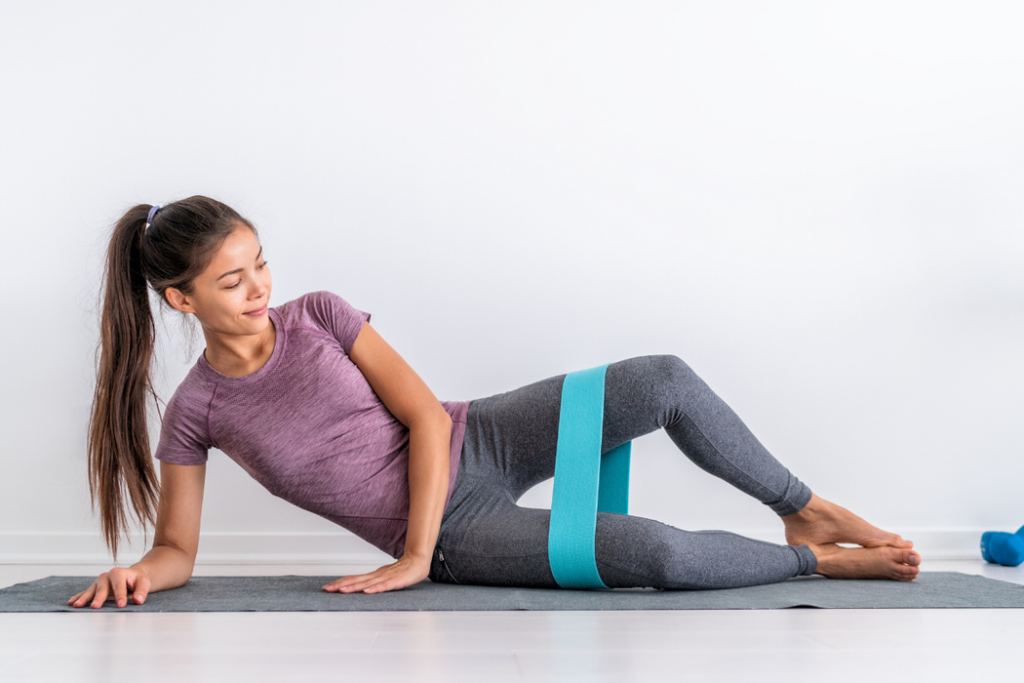
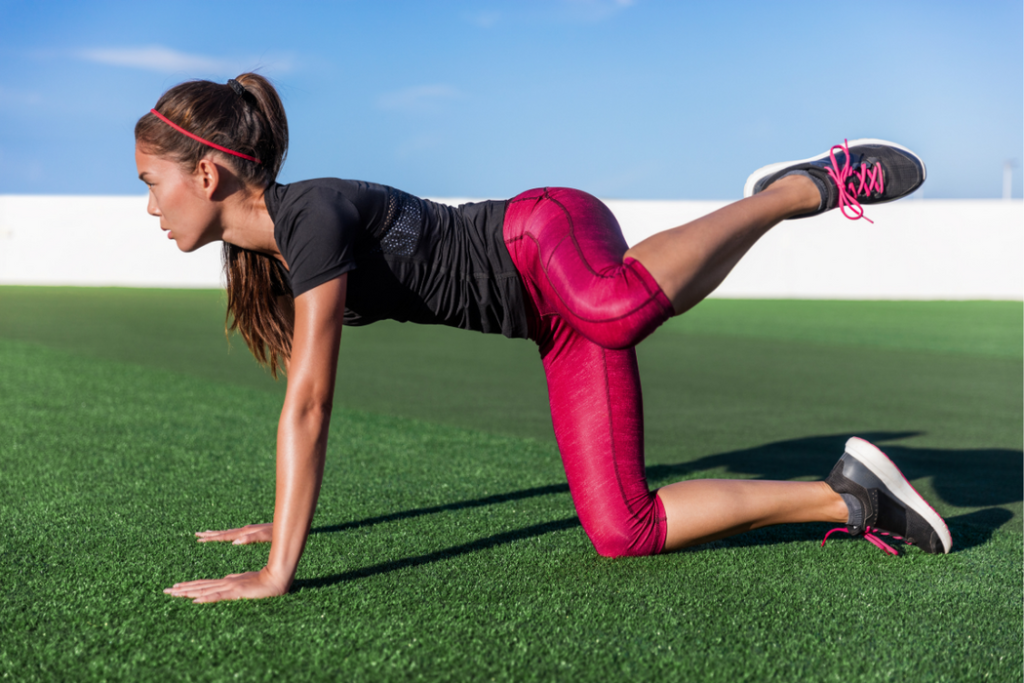
The gluteus minimus is the smallest of the gluteal muscles, located underneath the gluteus medius, it is responsible for abduction and external rotation of the hip joint. To target this muscle, you should use exercises that involve abduction and external rotation, such as clam shells and fire hydrants.
For the clam shell exercise, start by lying on your side with your legs bent and your feet together. Engage your core and lift your top knee up as far as you can, then lower it back down. For an insider tip, make sure to focus on keeping your feet together throughout the entire exercise and engaging your glutes as you lift your knee up.
The fire hydrant exercise is another great exercise to target the gluteus minimus. Start by getting into an all-fours position. Keep your core engaged and lift your leg up to the side, then lower it back down. For an extra challenge, add a mini loop band around your ankles. To optimize the exercise, focus on keeping your hips square and squeezing your glutes as you lift your leg up.
Shortened versus Lengthened Booty Exercises
Another important consideration is to target the glute muscles in both a lengthened and shortened position. Exercises like hip thrusts and deadlifts target the glutes in a shortened position, while exercises like lateral band walks and side-lying leg raises target the glutes in a lengthened position. This type of training is important for overall glute strength and development.
A shortened position refers to when the muscle is contracted, while a lengthened position refers to when the muscle is stretched. Hip thrusts and deadlifts involve pushing your hips up and back, which contracts the glutes muscles and puts them in a shortened position. Lateral band walks and side-lying leg raises involve stretching the glutes muscles by moving them away from the hips, which puts them in a lengthened position.
Here’s a quick sorted list of shortened versus lengthened exercises.
Exercises with Glutes in Shortened Position:
- Hip Thrusts
- Deadlifts
- Squats
- Lunges
- Step-Ups
- Glute Bridges
- Donkey Kicks
- Fire Hydrants
- Glute Kickbacks
- Glute Bridges with Leg Lifts
- Squat Jumps
- Single-Leg Squats
- Glute Extensions
- Single-Leg Deadlifts
- Glute Kickbacks with Leg Lifts
- Split Squats
- Glute Ham Raises
Exercises with Glutes in Lengthened Position:
- Lateral Band Walks
- Side-lying Leg Raises
- Clamshells
- Hip Abduction with Band
- Glute Bridges with External Rotation
- Lateral Leg Lifts
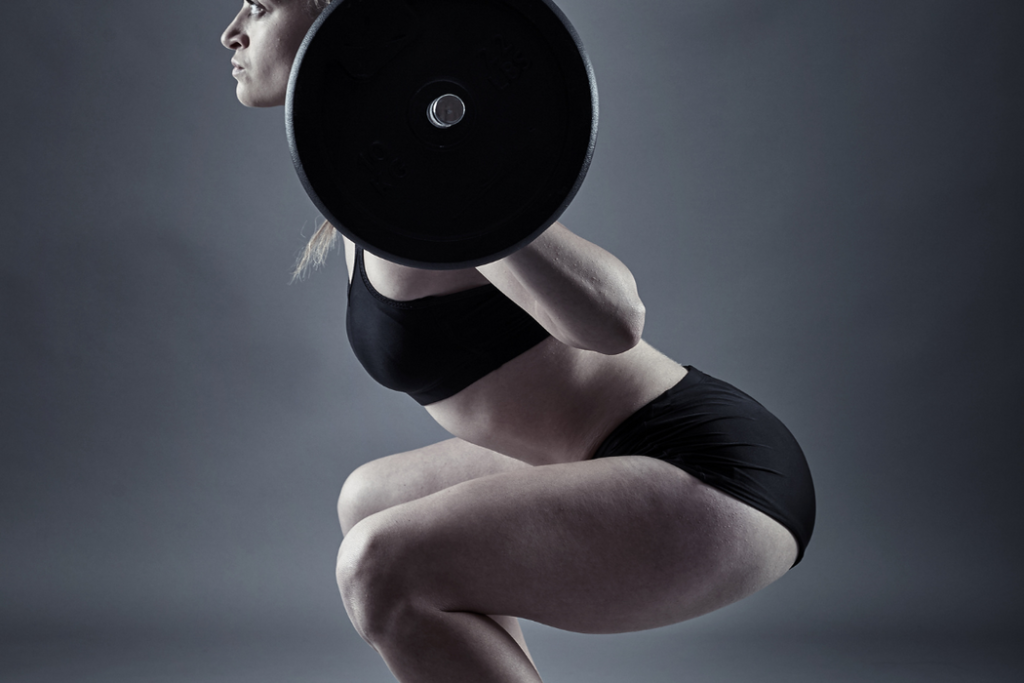
By focusing on targeting the three major glute muscles with specific weightlifting exercises, women can build strong and toned glutes. With the proper form and insider tips, these exercises can help women achieve their fitness goals and optimize their overall health and well-being. Happy Booty Building!